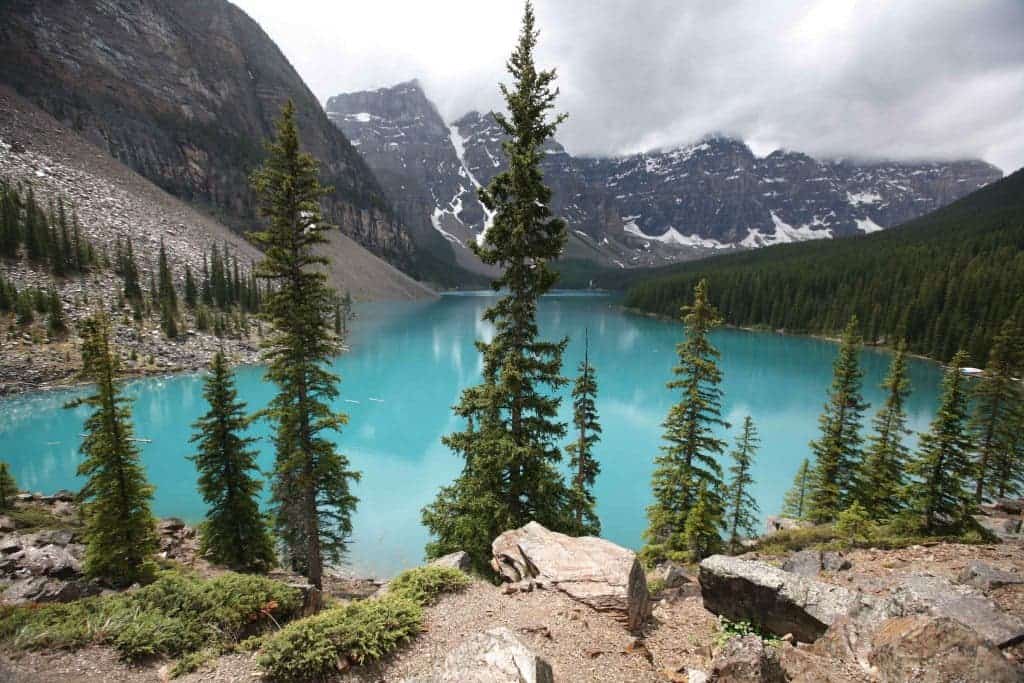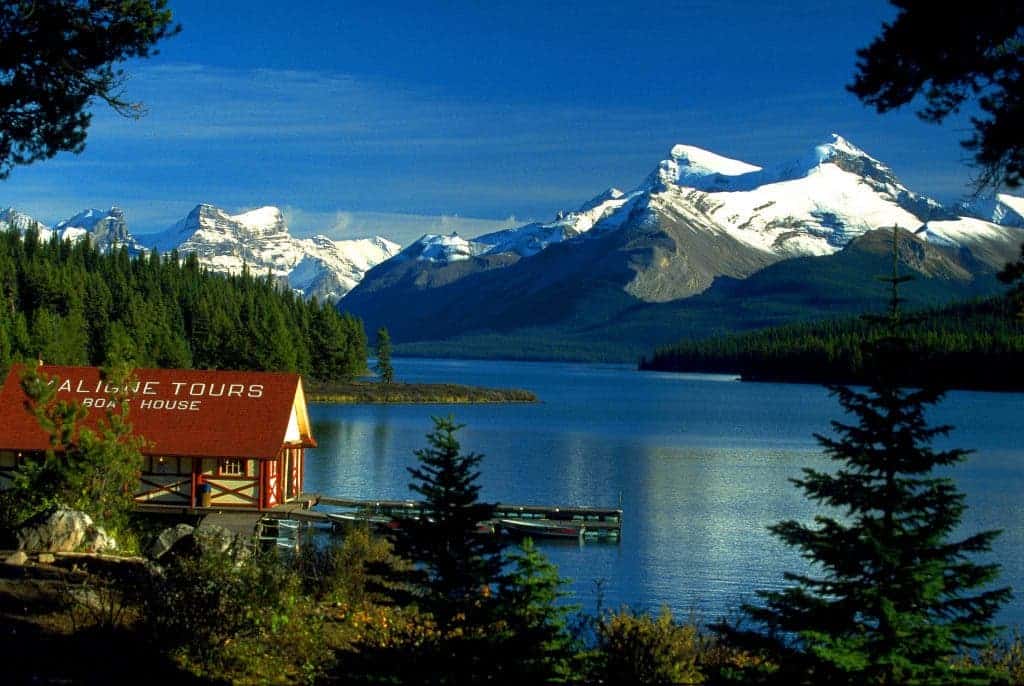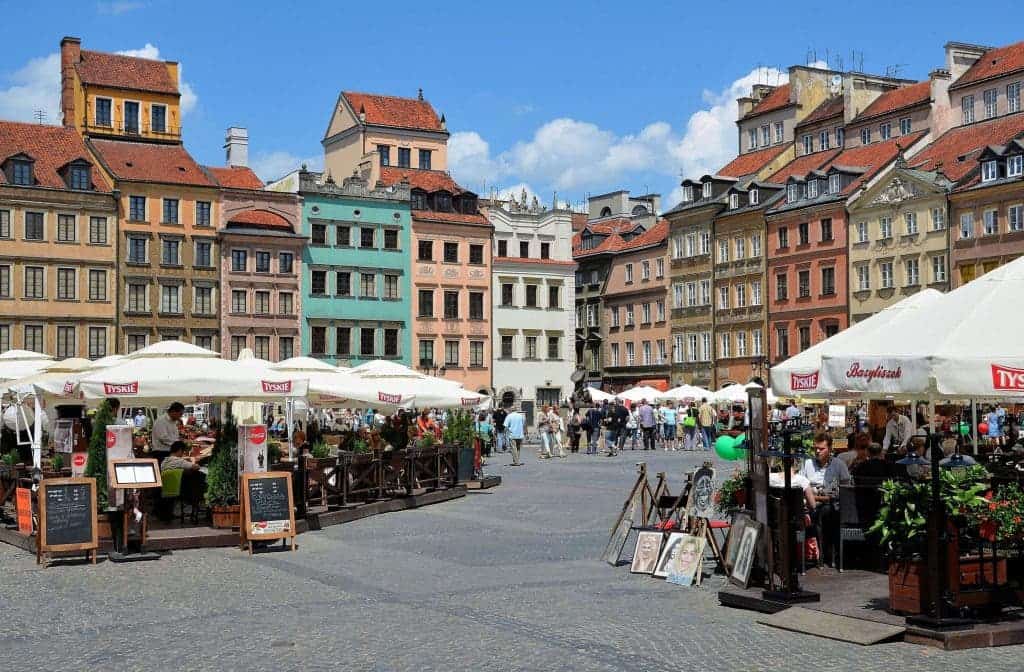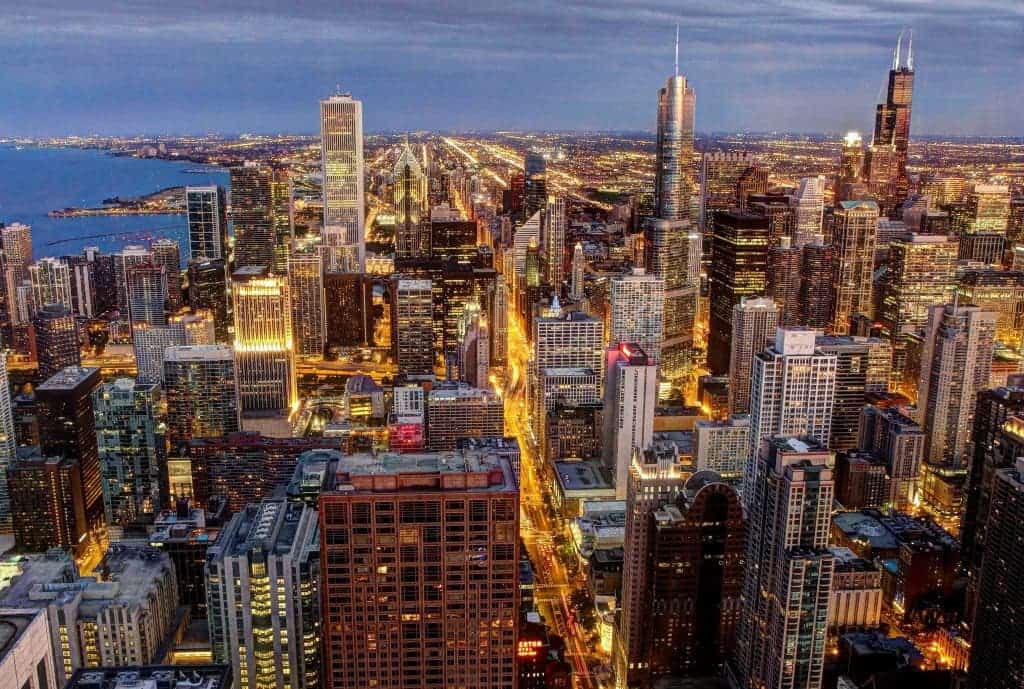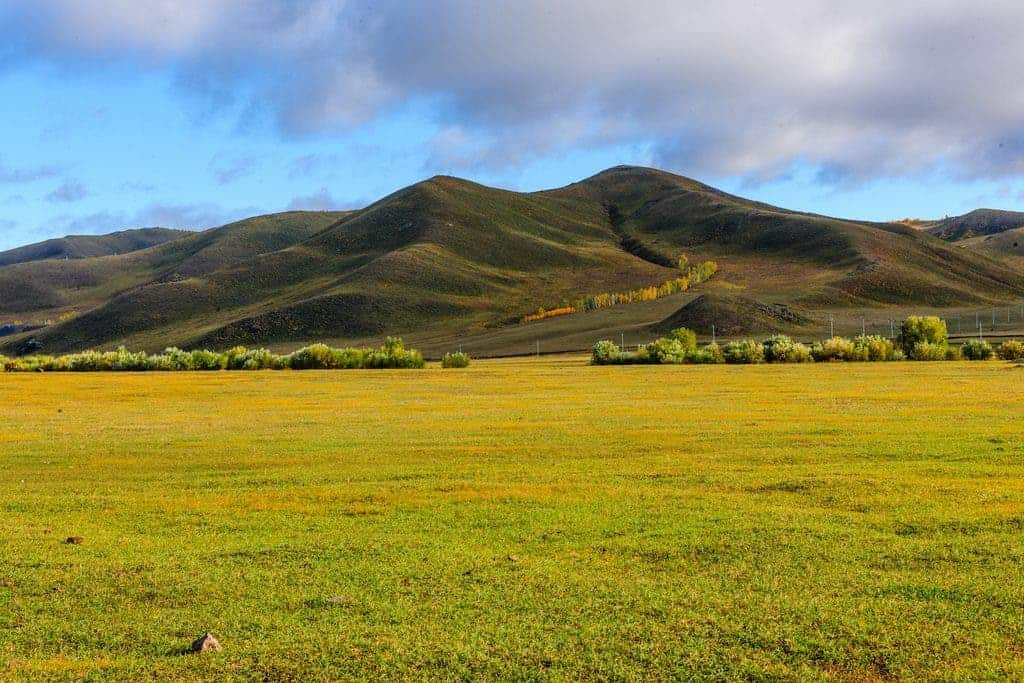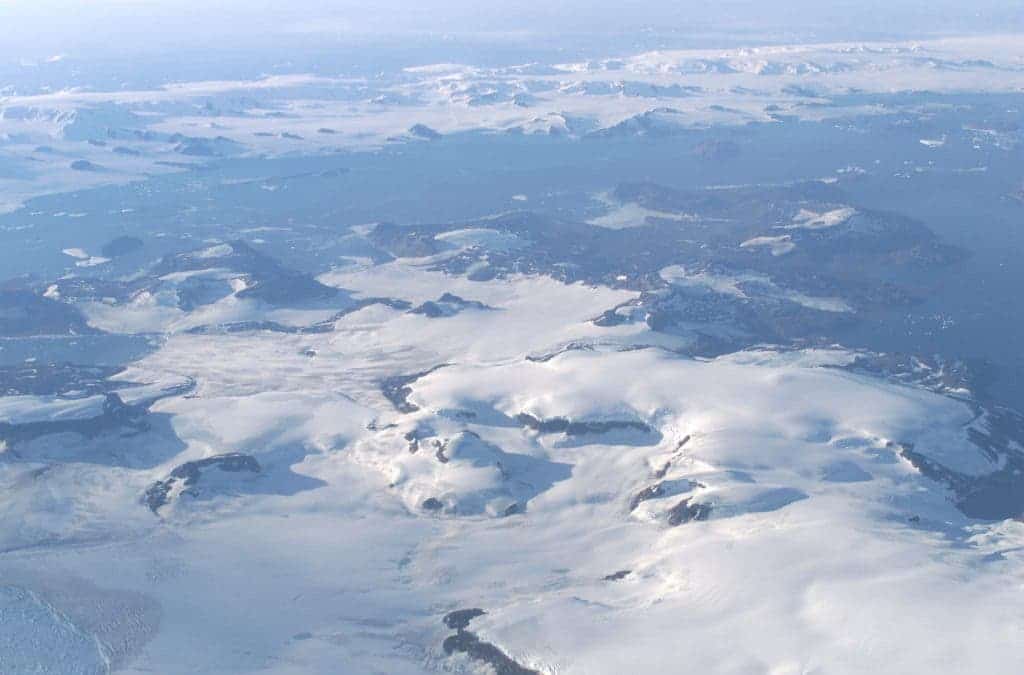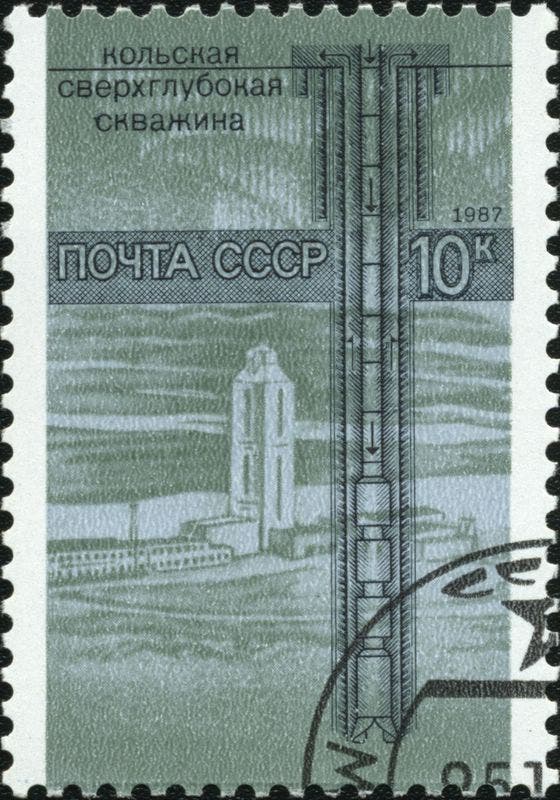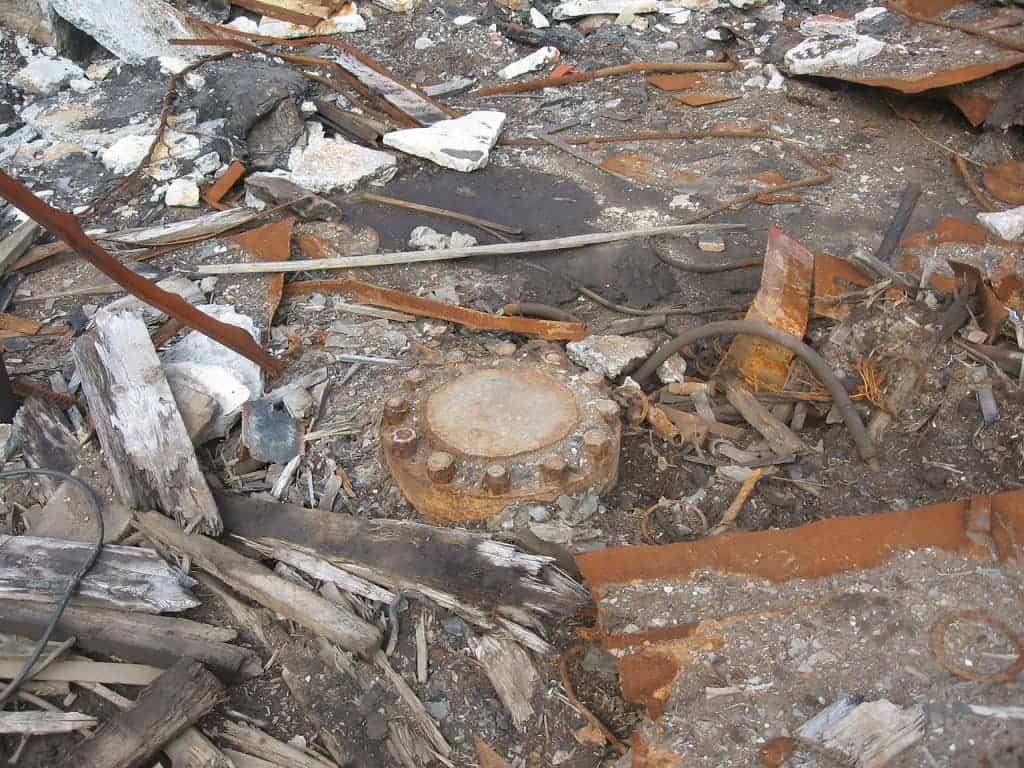Geography is a fascinating subject that encompasses everything from the highest peaks to the deepest oceans. It tells the story of our planet and the forces that shape it. Here are the 10 most amazing geography facts that will leave you in awe of the natural world.
1. Canada has more lakes than the rest of the world combined
Canada is the second largest country on the face of the Earth, and if there’s one thing people love about this North American country, it’s just how much natural beauty you can find all over. There are majestic mountains, rivers, and even beaches. However, it’s Canada’s lakes that are perhaps the most intriguing — and their sheer number is mindblowing. Out of all the natural lakes in the world larger than 10 hectares, more than 60% are situated in Canada, according to a study from McGill University.
The number of lakes larger than three square kilometers is estimated at close to 31,752 by the Atlas of Canada, of which 561 lakes have a surface area larger than 100 km2, including four of the Great Lakes. All in all, a whopping 9% of Canada’s surface is covered in freshwater.
2. After Warsaw, Chicago has the largest Polish population in the world
Warsaw is Poland’s capital, having under 3 million inhabitants, out of which 95% have Polish origins. However, besides Warsaw, there isn’t a single city with a larger Polish population than Chicago, even though Poland itself numbers 37 million inhabitants.

Chicago is the third largest city in the US, with 7.5 million people living in the metropolitan area. Due to the huge population of Polish descent, the architecture and culture of the city greatly resemble that of Poland. You can find Polish theaters, markets, and even a Polish newspaper.
It’s pretty difficult to say just how much of Chicago’s population is of Polish descent, with estimates ranging from 150,000 inhabitants to 1,9 million.
That’s pretty mindblowing, but New York City is an entirely different cosmopolitan beast altogether. In NYC, there are more Italians than in Rome, more Irish than in Dublin, and more Jews than in Tel Aviv.
3. The largest city in the world is Hulunbuir, at 263,953 km2
What do you think is the world’s largest city? Tokyo? Delhi? New York? Those are all wrong. The world’s largest city by surface area is the little-known remote city of Hulunbuir, located deep in China’s grasslands of Inner Mongolia.
Only 2.5 million people live within Hulunbuir’s huge city limits measuring more than 263,000 square kilometers. Despite its huge surface area, Hulunbuir is designed as a prefecture-level city under Chinese law. So even though there are more camels than cabs, Hulunbuir is technically an urban district whose city limits stretch over an area about the size of Great Britain. Similarly, the City of Kalgoorlie-Boulder, in the Australian Outback, is run by a mayor and city council even though it covers more area than Portugal. You might think this is just a silly technicality — and you might not be wrong — but like it or not, Hulunbuir is the world’s largest city by surface area.
4. The driest place on Earth is near Ross Island, Antarctica; it hasn’t rained there for millions of years
As you step off the plane, the first thing you notice is the silence. No birds chirping, no leaves rustling, no wind blowing. The only sound is the crunch of snow and ice underfoot. Welcome to the McMurdo Dry Valleys, the driest place on Earth.
The McMurdo Dry Valleys are a network of valleys located in Antarctica’s Victoria Land, near the McMurdo Station research base. These valleys are unique because they are the only ice-free areas on the continent and have not seen any significant precipitation for millions of years.
5. The deepest hole dug by man is over 12 km deep
The Kola Superdeep Borehole has a depth of 12,261 meters — that’ s one and a half Everests deep, or deeper than the Mariana trench.
During the Cold War, the race for space took all the headlines, but the digging race was equally competitive (digging boreholes, that is). This is the Kola Superdeep Borehole – a project funded by the USSR and later Russia between 1970 and 1994. In that period, geologists and geophysicists had only indirect evidence as to what was going on in the Earth’s crust, and superdeep boreholes provided much-needed information for a better understanding of the underlying geology by utilizing direct observation. Even to this day, information gathered from this project is still being analyzed and interpreted.
The borehole also led to some interesting discoveries, including a massive amount of hydrogen, so massive that the mud was actually “boiling” with it.
6. Continents move at the same rate as your fingernails grow
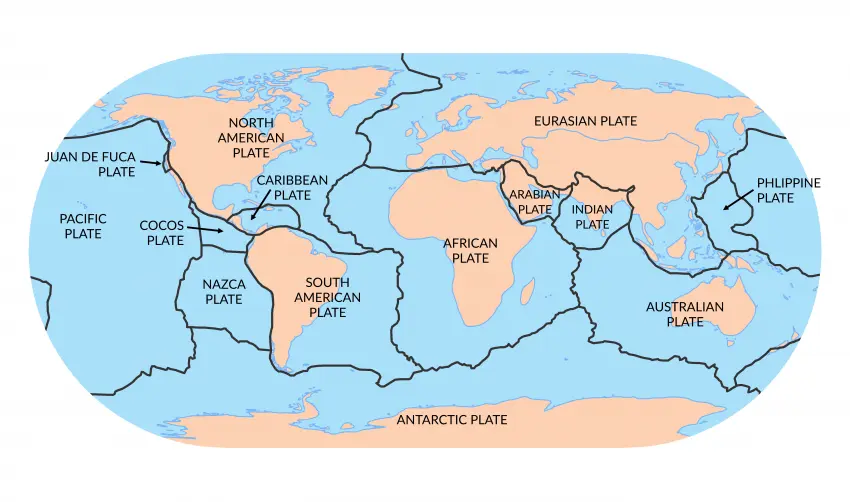
As you sit back and admire your freshly trimmed nails, have you ever wondered about the grand dance of the continents? The movement of these massive landmasses may seem imperceptible, but in fact, they shift at about the same rate as your fingernails grow.
The movement of the continents is explained by the theory of plate tectonics. This theory states that the Earth’s crust is made up of several rigid plates that move around on the softer, more pliable layer beneath. These plates come together, move apart, and slide past each other, causing the continents to shift and change shape over time.
The rate at which the continents move is incredibly slow, averaging about the same rate as your fingernails grow, about 2-3 cm per year. This may not seem like much, but over millions of years, it can add up to significant distances.
7. The tallest mountain in the world is technically not Mt. Everest
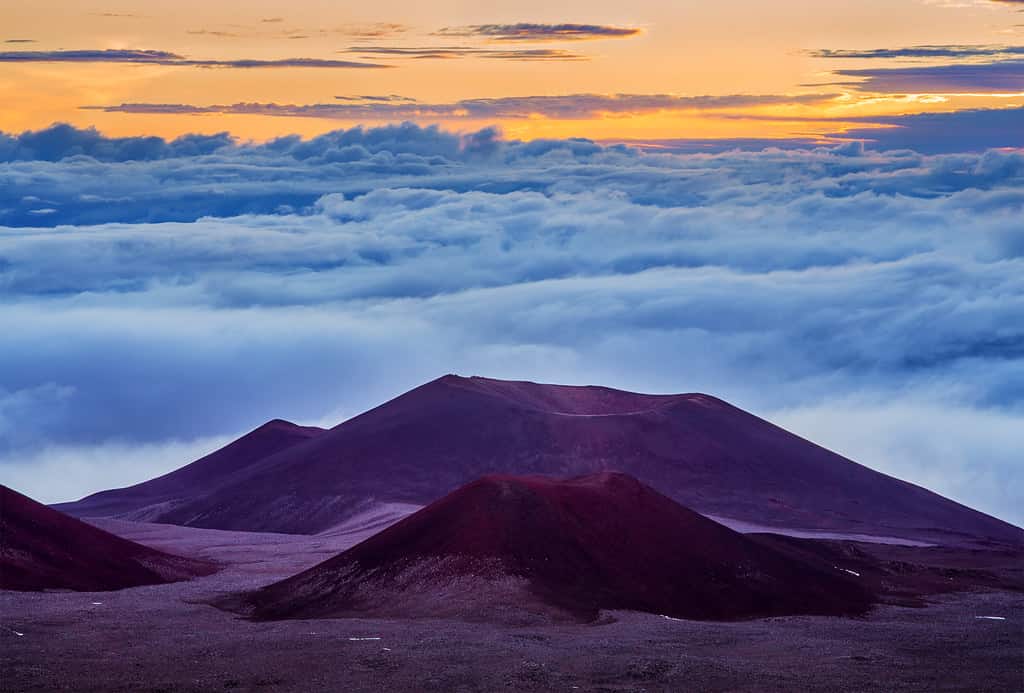
At 8,850 meters (29,035 feet), Mt. Everest is the highest point above sea level. It is not, however, the tallest mountain on the planet. That distinction goes to Mauna Kea, a dormant shield volcano in Hawaii, whose base is submerged under 6,000 meters (19,700 feet) of water. Overall, Mauna Kea is over 10,000 meters (32,800 feet) tall.
8. Sudan has nearly twice as many pyramids as Egypt
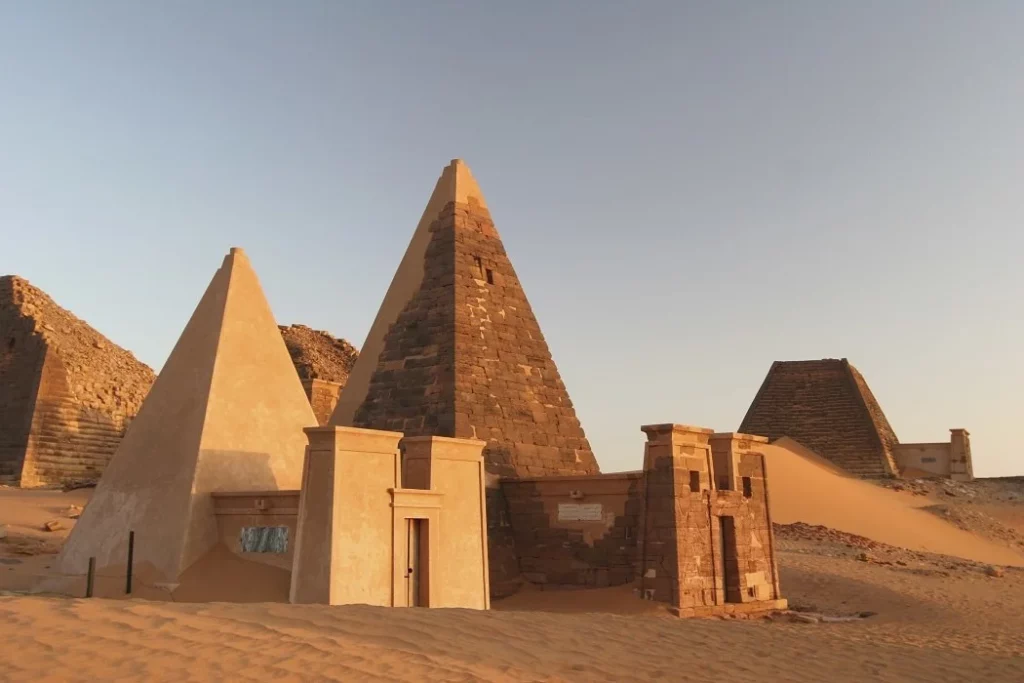
When we think of pyramids, the ancient structures in Egypt likely come to mind. But did you know that there are more pyramids in Sudan than in Egypt? These lesser-known pyramids offer a new perspective on the rich history of ancient Africa.
Sudan is home to 200 to 250 pyramids, compared to Egypt’s 130, many of which are older and larger than the pyramids in Egypt. These pyramids were built by the ancient Kingdom of Kush, which existed in present-day Sudan and Egypt from around 800 BCE to 350 CE. The Kingdom of Kush was a powerful civilization that controlled a large part of the Nile valley and traded with other cultures such as Egypt.
The pyramids in Sudan are built in a distinctive style that sets them apart from those in Egypt. They are made of mud brick, and the smooth, sloping sides are covered in a layer of white limestone. The pyramids are also built in clusters, with several pyramids grouped together to form a cemetery for a single royal family.
9. There’s an island in the Philippines in the middle of a lake, on another island that’s within a lake, on an island
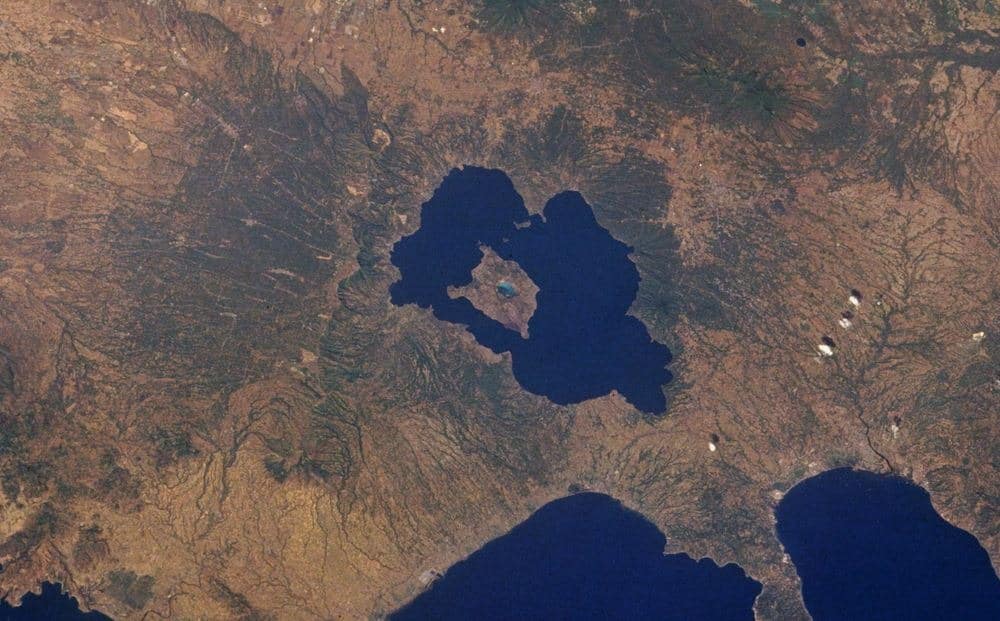
That’s okay, I had to read that twice too when I first heard about this mother of geographical inceptions. Lake Taal in the Philippines, which is located on the island of Luzon, has its own island called Volcano island, where another lake is found, called Crater Lake, which contains its own island called Vulcan Point.
As unusual as this may sound, Vulcan Point isn’t the only island within a lake in an island within a lake in an island. There’s actually a much bigger four-acre island within a lake system in Canada.
10. Papua New Guinea is the most multilingual country, with over 840 spoken languages
As you travel through Papua New Guinea, you’ll quickly realize that this country is unlike any other. One of the most striking differences is the sheer number of languages spoken here – with over 840 languages, Papua New Guinea has the most languages in the world. But why is this country so linguistically diverse?
his diversity can be largely attributed to the country’s geography and history. The rugged and mountainous terrain of Papua New Guinea has made it difficult for different groups to communicate and interact with each other. As a result, many communities have remained isolated and have developed their own languages.
Another factor that has contributed to Papua New Guinea’s linguistic diversity is the Austronesian migration. The Austronesian people, who came from Taiwan and the Philippines, began to settle in Papua New Guinea around 4000 years ago. As they spread throughout the islands, they brought with them their own languages and cultures.
Over time, these languages have diversified and evolved to become the 840 languages that are spoken in Papua New Guinea today. The Austronesian languages form the majority of the languages spoken in the country but the non-Austronesian languages also have a significant proportion.
[no_toc]
